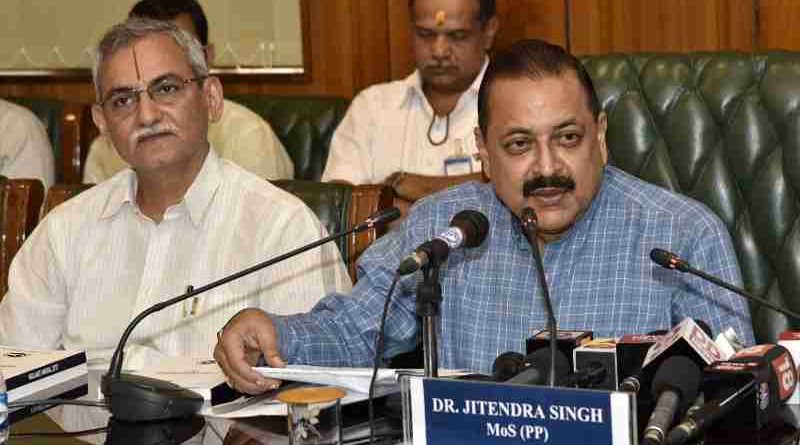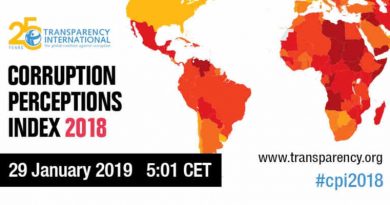Corruption in India: CVC Releases Vigilance Manual 2017

India’s top anti-corruption organization Central Vigilance Commission (CVC) has released its new Vigilance Manual 2017 which details the scope of corruption as well as the responsibilities of CVC, other organizations, and citizens.
Released by an Indian minister Dr. Jitendra Singh, the manual states that corruption is manifested in various forms such as bribery, nepotism, willful action or willful inaction to benefit someone or to deny benefit to someone known or unknown.
According to the new 346-page manual, corruption also includes cases of favoritism and failure to follow laid down processes leading to unintended benefit to someone or denial of benefit to the deserving.
“The challenge before us is to create an environment in which the honest can work fearlessly and the corrupt are punished promptly,” CVC says.
[ Environment Protection: Join Green Group of Dwarka ]
It further explains that vigilance administration comprises preventive and punitive anti-corruption measures. They include detecting irregularities, analysing and finding out reasons for such irregularities and making effective systemic improvements to curb them.
The vigilance work also entails identifying the public servants responsible for misconduct and taking appropriate punitive actions against them.
With the belief that corruption has been a major obstacle to economic, political and social progress of India, the CVC urges organizations to take an integrity pledge to eradicate corruption.
Similarly, it advises citizens of India to be vigilant and commit to highest standards of honesty and integrity at all times and support the fight against corruption. While citizens should neither take nor offer bribe, the CVC encourages them to report any incident of corruption to the appropriate agency.
Photo courtesy: CVC





